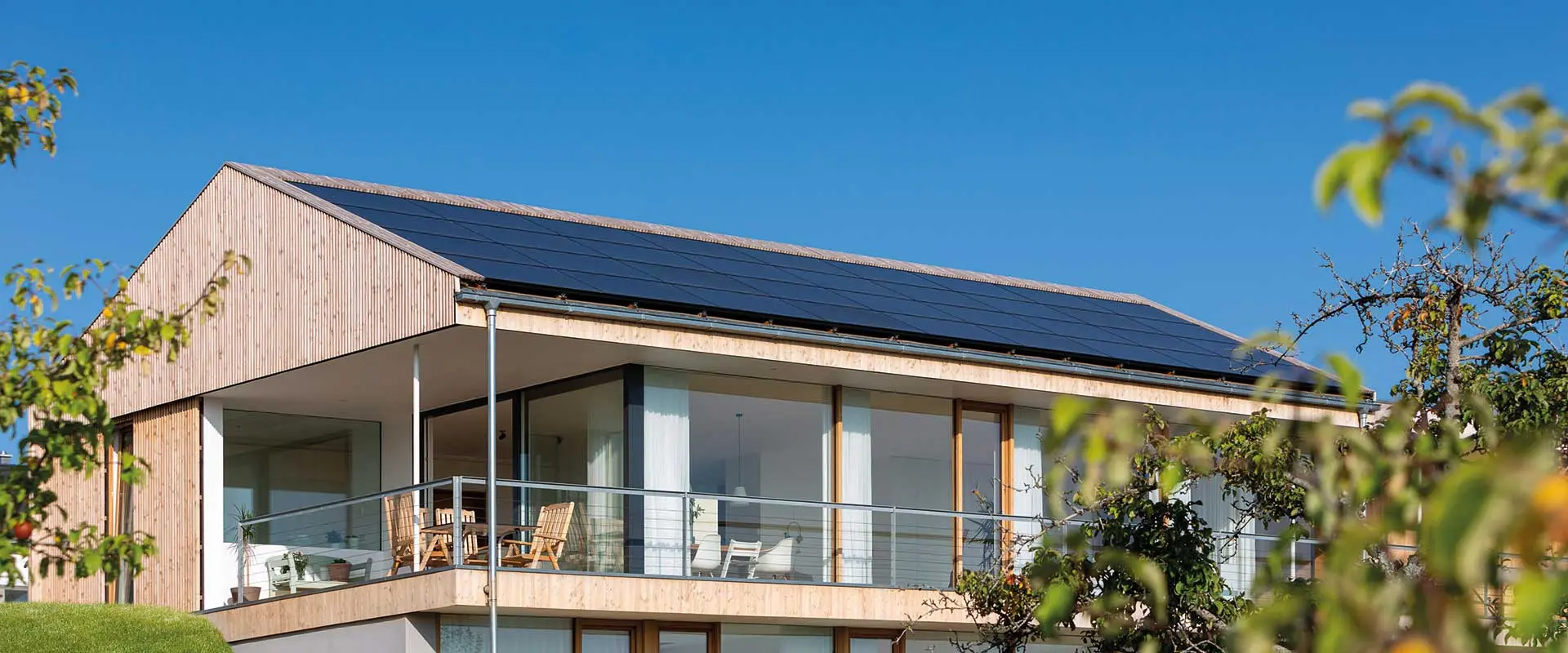Heat pumps have gained significant attention in recent years, propelling them towards being the go-to sustainable heating solution. While many homeowners and businesses are aware of the benefits of heat pumps, very few may be up-to-speed on whether planning permission is required to get one installed.
Most people in the UK will be able to install a heat pump without the need for planning permission thanks to permitted development rights. However, your heat pump must still comply with building regulations.
Compliance with local regulations and understanding how to adhere to building regulations are essential for the smooth installation of your heat pump. In this article, we explore the factors that may influence whether you need planning permission and which regulations you need to abide by.
What is meant by permitted development rights?
In the UK, most homeowners will be able to install a heat pump without planning permission. This is because of permitted development rights, which allow you to improve and extend your home without the need to apply for planning permission “where that would be out of proportion with the impact of works carried out”.
If you meet the permitted development criteria within the set limits and conditions, you won’t have to apply for planning permission. However, these conditions can vary depending on several key factors.
Factors that may influence planning permission
You need to be aware of a few factors that can influence whether you need planning permission for a heat pump installation.
- Property type and location: If your property is situated within a designated area, such as a national park or World Heritage Site, then additional restrictions may apply. Another consideration is where you’re located within the UK, as this can impact building regulation criteria. For example, the maximum size of the outdoor unit varies depending on whether you live in England or Scotland.
- Heat pump system specifications: The size, design and location of the heat pump system can all impact planning permission requirements. For example, if you want to install a ground source heat pump, you need to consider whether the groundwork impacts the local landscape.
- Noise and visual impact: Your heat pump mustn’t make enough noise to cause a disturbance. Similarly, the placement of outdoor units can’t have a negative visual impact.
- Local authorities: You must speak to local planning authorities or seek professional advice before proceeding with a heat pump installation. They’ll provide guidance tailored to your specific circumstances and ensure you comply with relevant regulations. Addressing all of the above aspects proactively and consulting with local authorities will determine whether planning permission is necessary.
Regulations and government provisions
In the main, planning permission isn’t usually required for ground and water source heat pump installations on residential properties, as it’s considered to be a permitted development. However, the factors we listed above will still need to be considered before you get the all-clear.
For air source heat pumps, it can be slightly more complex. Installing an air source heat pump in a residential building is also regarded as a permitted development, but there are some regulatory conditions that need to be met. These include:
- Your air source heat pump must be used for heating purposes only.
- The installation must meet the requirements of the planning standards of the Microgeneration Certification Scheme.
- You can only have one air source heat pump. If you want to install another unit, then you’ll need planning permission.
- If you have a wind turbine installed on your property, you’ll need planning permission to add a heat pump.
- Must be installed on a flat surface. If you have the external unit on a roof, then it must be at least one metre from the roof’s edge.
- In terms of the size of the external compressor, the outdoor unit and housing can’t be larger than 0.6m3 in England and 1m3 in Wales, and the outdoor unit can’t be taller than three metres in Scotland and two metres in Northern Ireland.
- In England and Scotland, the air source heat pump must be at least one metre from the property’s boundary. In Wales, it must be more than three metres. For Northern Ireland, the external unit must be more than 30 metres away from the nearest house.
- The external unit can’t stick out more than one metre from the outer wall, roof or chimney of your property.
- It must be positioned to limit the impact on the building’s exterior appearance and the surrounding area.
- If your property is a listed building, you’ll have to receive listed building consent before you install the heat pump.
- If your home is situated within a conservation area or World Heritage Site, you’ll need to ask your local planning authority whether air source heat pumps are permitted developments.
- Noise levels must stay at or below 42 decibels from a metre distance away from any room in the property.
- The heat pump system must be removed when it’s no longer in use.
Before you book your heat pump installation, always get in touch with your local planning authority for tailored guidance on what specific regulations you need to comply with.
Navigating planning permission requirements is essential to avoid any potential legal complications. Even if you think you meet the permitted development criteria and don’t need planning permission, it’s always worth double-checking – especially with air source heat pumps.
To make an informed decision, consult with local authorities and heat pump suppliers familiar with installations in your area, such as NIBE. By being proactive and understanding planning permission requirements upfront, you can enjoy the many benefits of owning a heat pump with complete peace of mind.

Talk To A NIBE Expert
Had more thought about getting a heat pump installed?
Speak to a NIBE Expert today about your project and we'll put you in touch with one of our NIBE Pro Installers.


